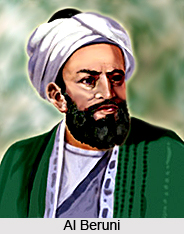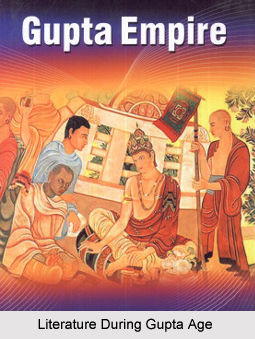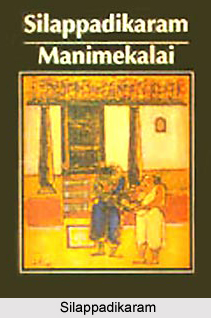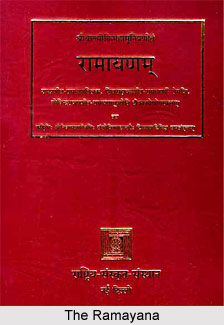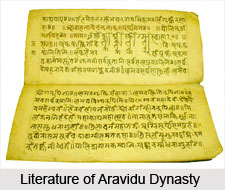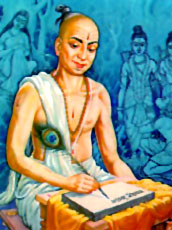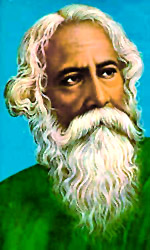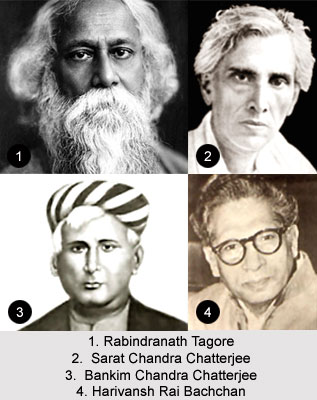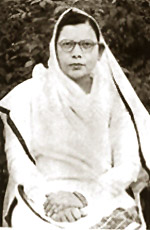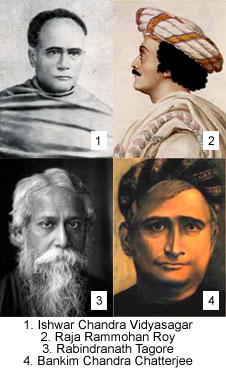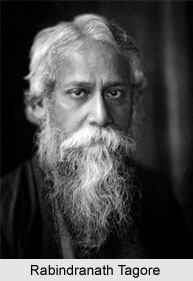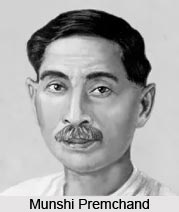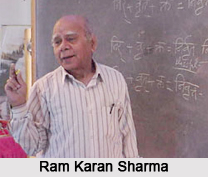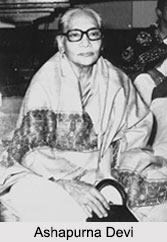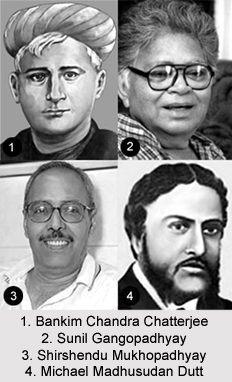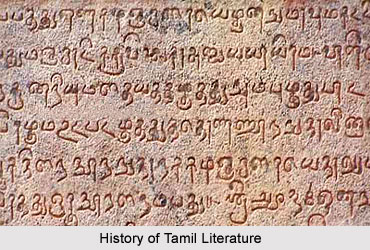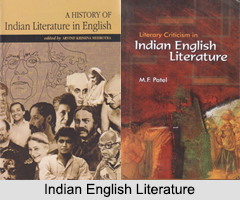Features of Sanskrit Literature can be deduced from the grammar that had been used by Sanskrit grammarians in their compositions. Vatsyayana and Patanjali do not use certain verbal forms. Many idioms are hardly used. For examples pronominal base tya disappears; in the verb the infinitive tavai is lost and the perfect participle middle in ana is neglected. Several nominal derivatives are not demonstrated and the use of some phrases disappears.
Many rules of syntax are obsolete like the use of the accusative with adjectives in uka; the instrumental with satnjnd or samprayam; the dative with gldgh and sihd; trnarh man or Qiine or gvdnam man; uta in simple interrogations and many other usages.
There is deliberate employment of usages, prescribed in the grammar but they are very rare. Again starting from Asvaghosha, the great authors are fond of displaying their erudition. Kalidasa has `on the mountain`. Magha is adept in these details, to denote prohibition he uses the word with gerund. Sribarsa, who is the author of the Naisadkiya, is responsible for the use of first person periphrastic future middle.
Bhatti`s epic is at once a poem and an illustration of the rules of grammar and rhetoric. This has been imitated in Bhaumaka`s Ravandrjuniya and Halayudha`s Kavirahasya. Even the writers who write folk tales exhibit their knowledge of grammar unexpectedly in the shape of recondite forms selected from Panini. Philosopher Safikara resorts to the use of the negative with finite verbs which must have originally been a comic use. He is guilty of the employment of the comparative of a verb which is a linguistic horror of the worst types.
The Sanskrit version has been cleverly made to appear valid in it. In the phonology of this popular Sanskrit there has been some confusion of r and ri, of n and n, of g, s, and s. Metrical lengthening and shortening of vowels are not rare. It is seen that ml becomes mbll and rarely a is prefixed as in alata. In verb there has been simplification in class. One also sees that in the epic there has been free interchange of active and middle forms; the gerunds are confused. Stem formation shows frequently the mixture of bases in a, i, or u for those in as, is, or us. There is also confusion in feminine suffixes while ordinals in composition are at times replaced by cardinals. Confusion of gender is laso one of the major features, particularly between masculine and neuter though it is rare between masculine and feminine or feminine and neuter. Case confusion as well as non-observation of rules of concord and confusion of numbers is common. The interpolation of particles within compounds or sentences, absolute constructions and loosely compressed clauses are common.

